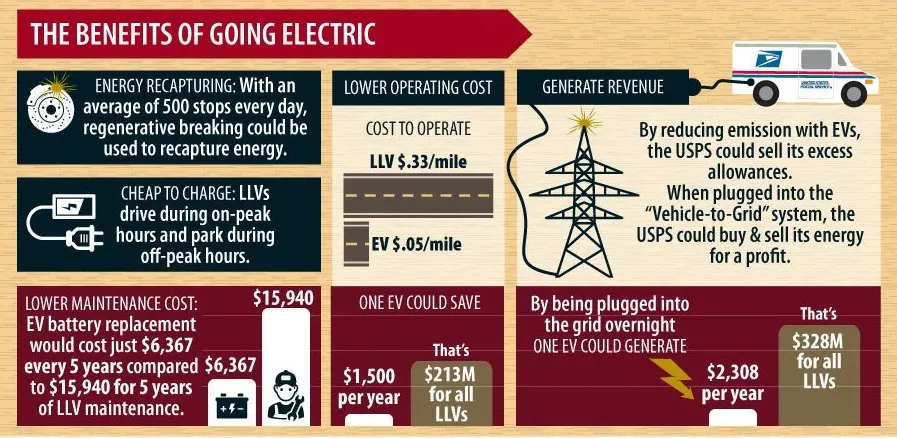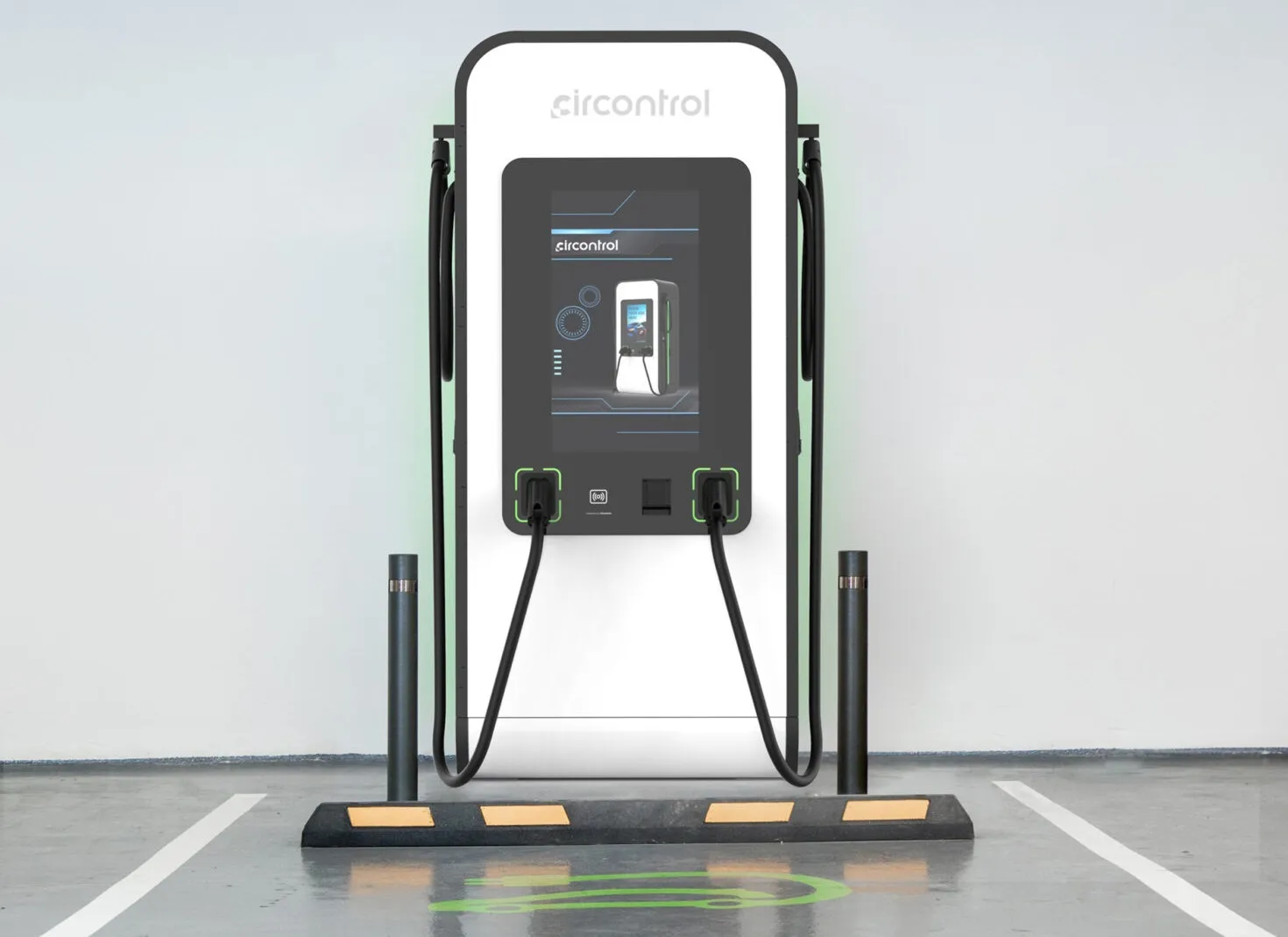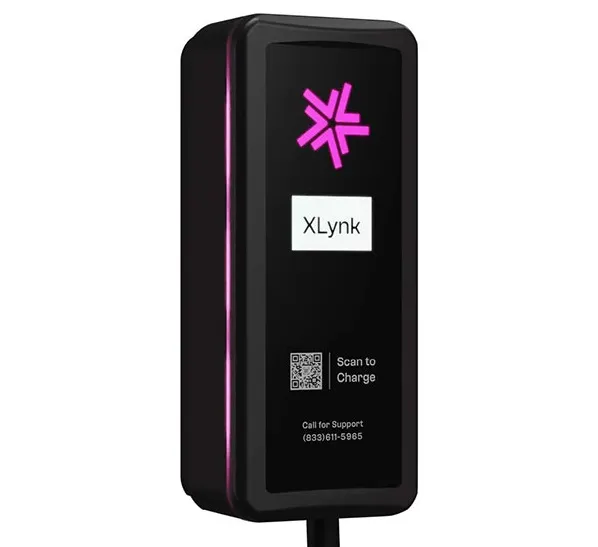
Research shows that each charger could support up to 135 EVs, far beyond the current global average of just 11 EVs per charger – highlighting significant inefficiencies in charger utilization.
The large gap between mean and median values reflects substantial variability in assumptions and charger configurations. To achieve a cost-effective, profitable charging network, greater understanding of diverse national market conditions is needed.
An extensive literature review by Stockholm Environment Institute (SEI), published in Energy Strategy Reviews, provides new recommendations for both public and private actors involved in charging infrastructure planning.
“Even though there is extensive research on charging infrastructure, there is no comprehensive mapping of charging demand estimations. Our review is the first of its kind, helping design more efficient charging deployment and informing new research on optimal charger placement,” said Maria Xylia, senior research fellow at SEI.
The mean estimated charging demand for passenger vehicles is 135 EVs per charger, yet the median is just 23 – with current real-world data averaging only 11 EVs per charger. This disparity is particularly striking since most statistics focus solely on public charging.
“The median value could be seen as more representative of current markets with front-runner countries such as Norway and Sweden already exceeding it, while mean values that include outlier studies of larger EV fleets can be more helpful to understand future market needs,” said Maria Xylia.
"If the EV to charger ratio is too high then there is risk for queuing for charging at some locations, while a low ratio indicates we have underutilized infrastructure which is not economically viable in the long term, so there has to be a balance."
The study highlights that there is no universal EV-to-charger ratio. Instead, demand varies with charging power, battery capacity and charging strategy – yet many studies fail to make these assumptions clear.
Key findings and recommendations in the research include:
- Fast chargers can serve more EVs than slow chargers, but this is not yet adequately reflected in charging demand data. Improved indicators that capture power needs for EV fleets and charging speed differences are essential.
- Clear, universally applicable definitions for “public” vs. “private,” and “slow,” vs. “fast,” and “super-fast” charging are needed to enable meaningful comparisons and support charger rollout strategies.
- Combining time and distance metrics (e.g. how long it takes to drive a certain number of kilometres) could help better reflect EV user experience with charging strategies, than the current EVs-per charger measure.
- Evidence is heavily skewed towards Europe and North America, which are overrepresented relative to their population – likely due to higher EV sales. In contrast, Asia, Africa and Latin America are underrepresented in research, highlighting the need for more studies in these regions.
- More future-oriented scenarios are needed, as many current policies focus on short-term or historical demand.
The study also highlights the need to better understand private and semi-public charging demand, expected to play a growing role as EV fleets expand. Additionally, several transport market segments – including light-duty commercial vehicles, micromobility, autonomous vehicles and car sharing services – remain underrepresented in current research.
For heavy duty vehicles, the review finds that on average, one public charger is allocated per five buses and per fourteen trucks, though evidence for trucks is more limited due to their more recent market entry.
The SEI review screened over 12,000 records and synthesized 168 studies published between 2017 and 2023. Funded by the Swedish Energy Agency, it identifies knowledge gaps and key trends in the electrification of transport.









